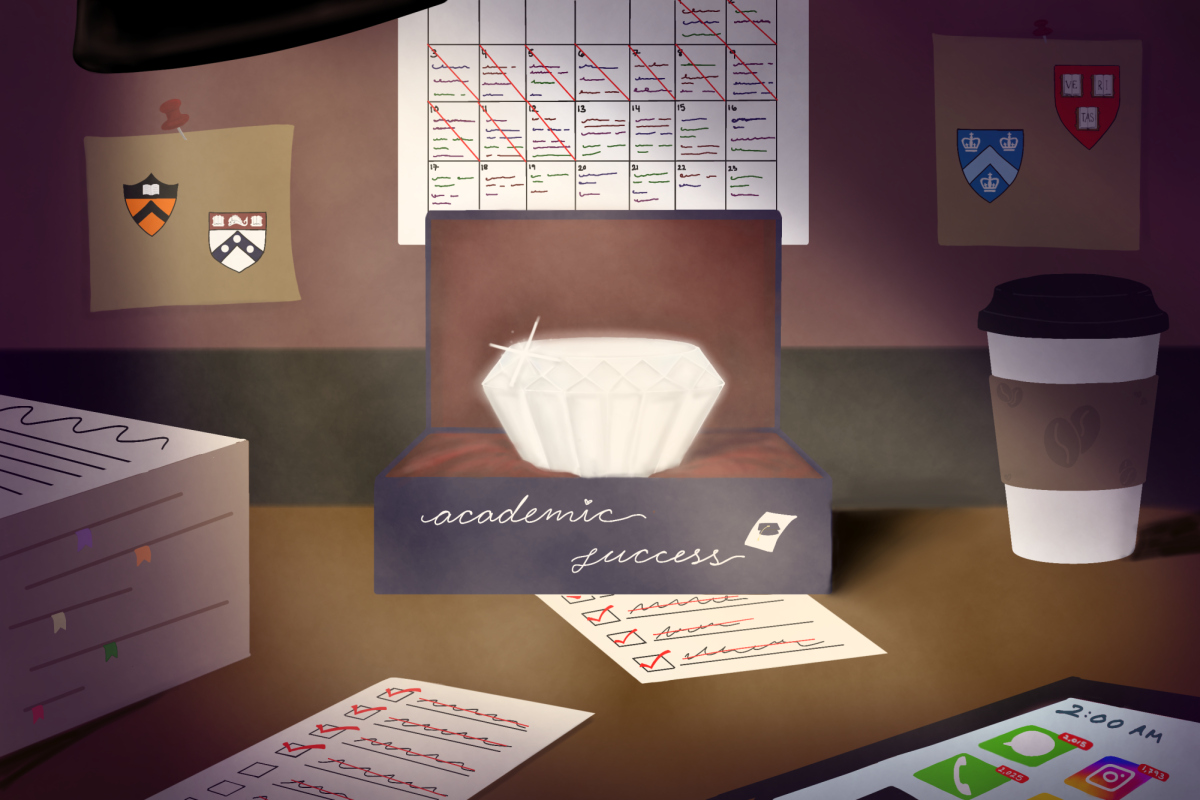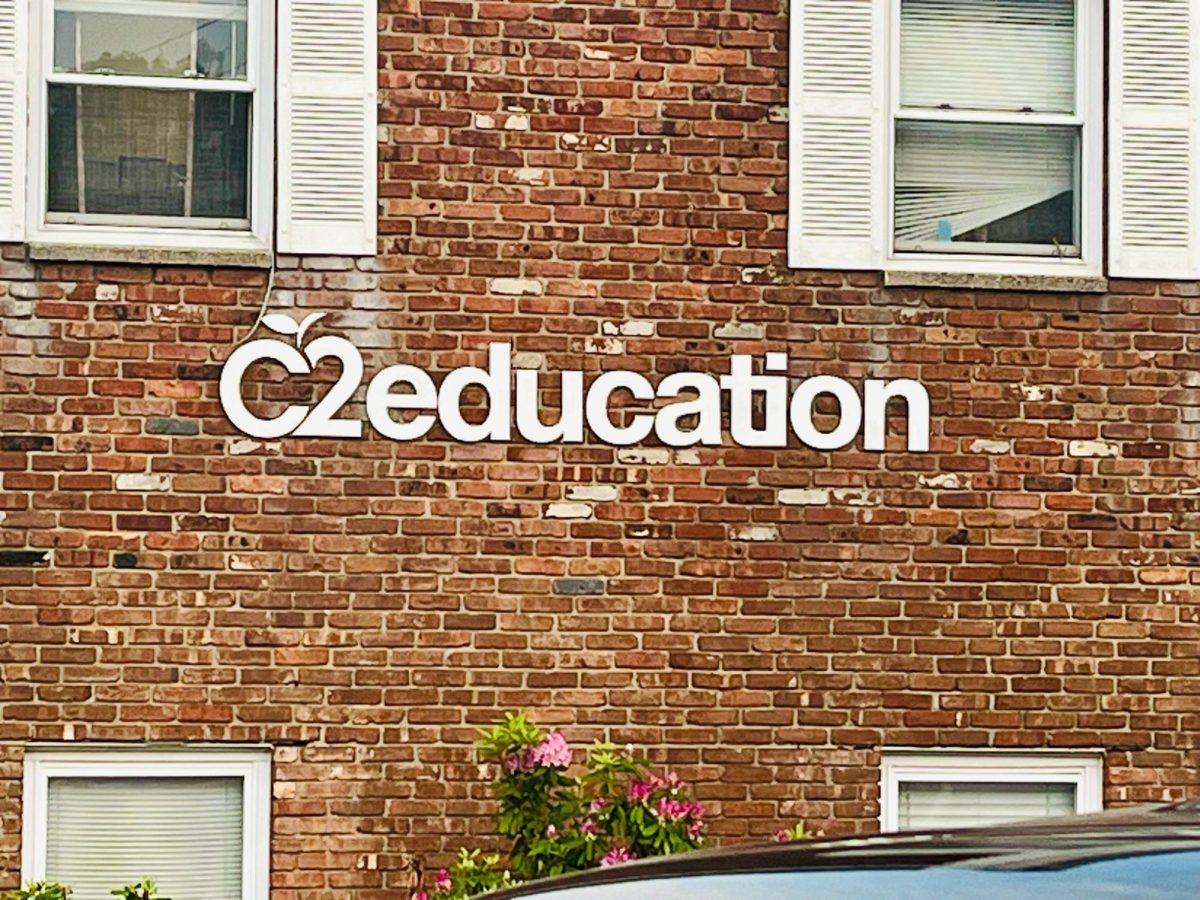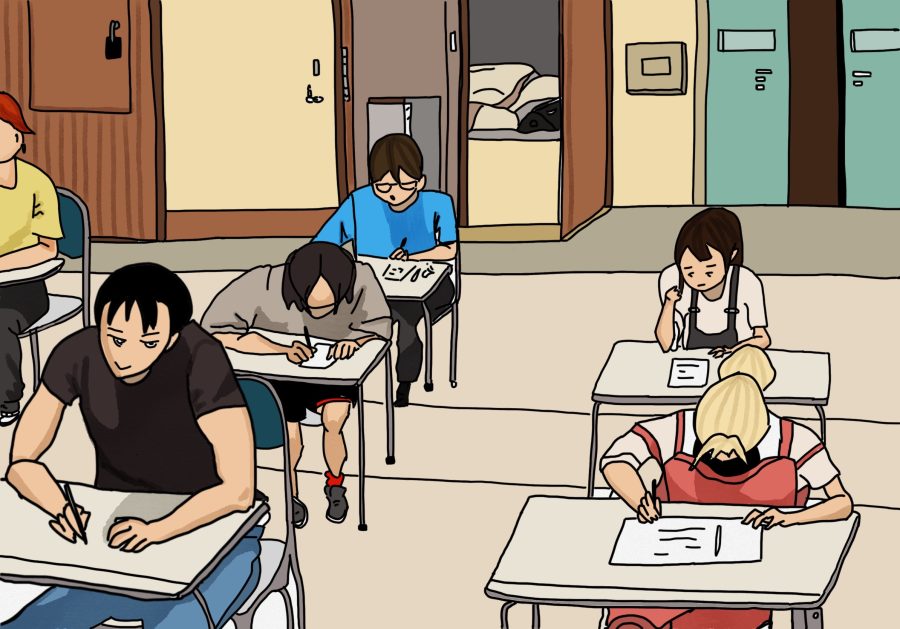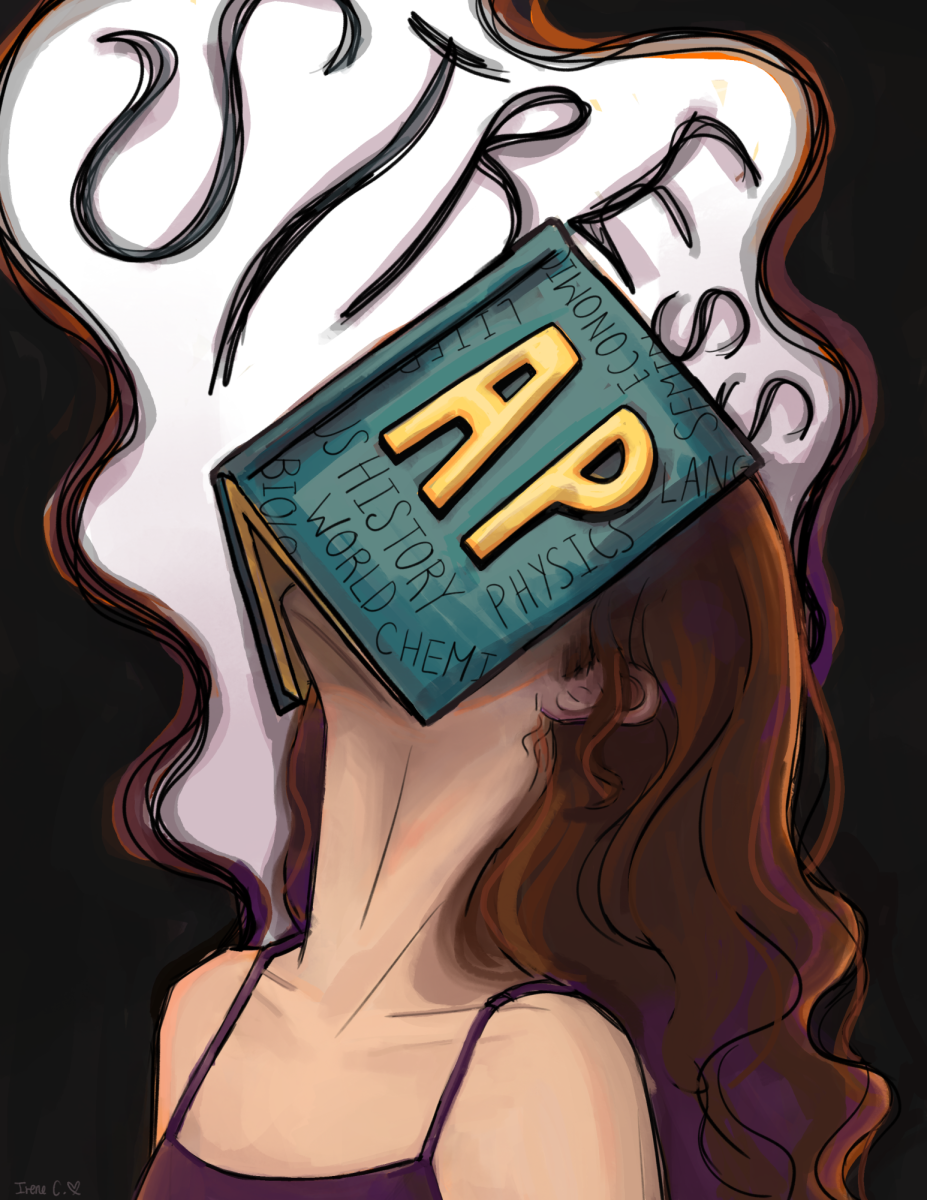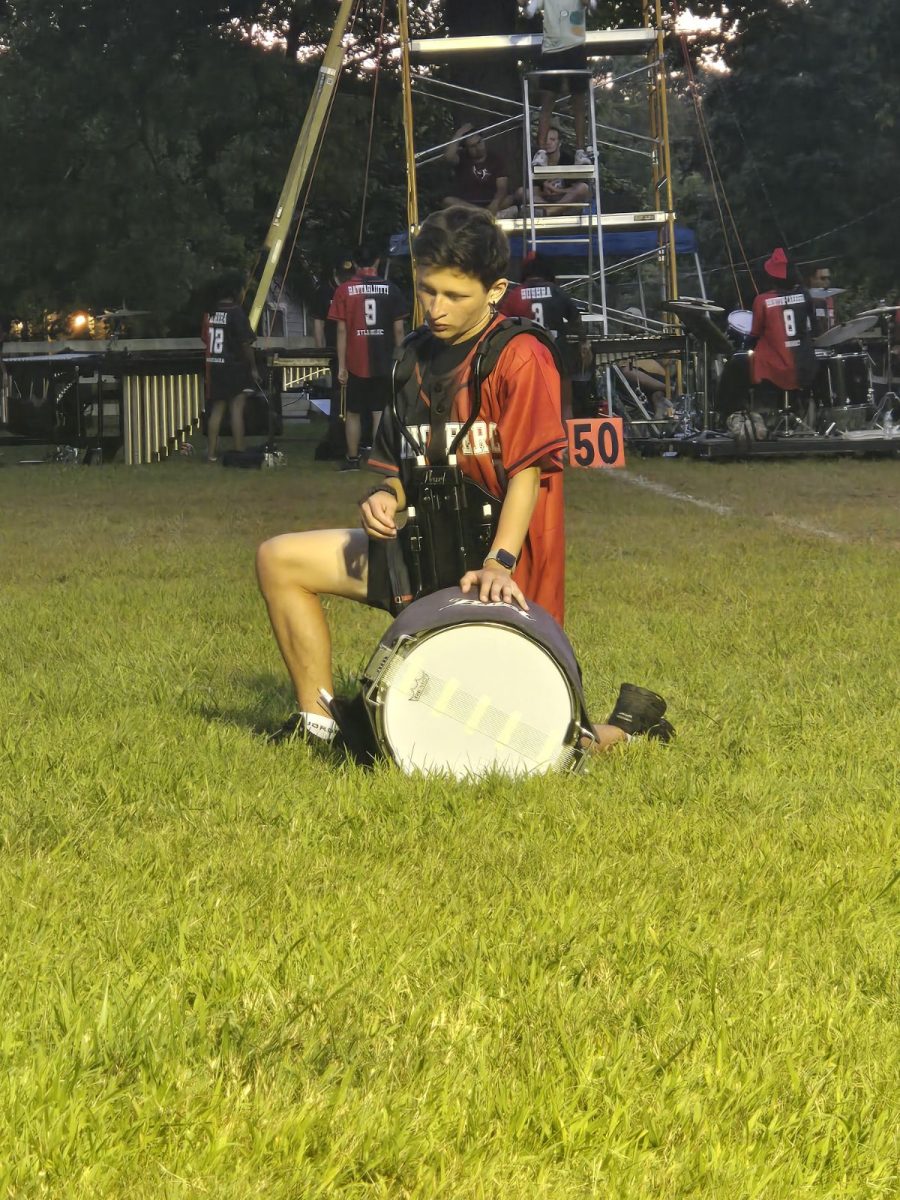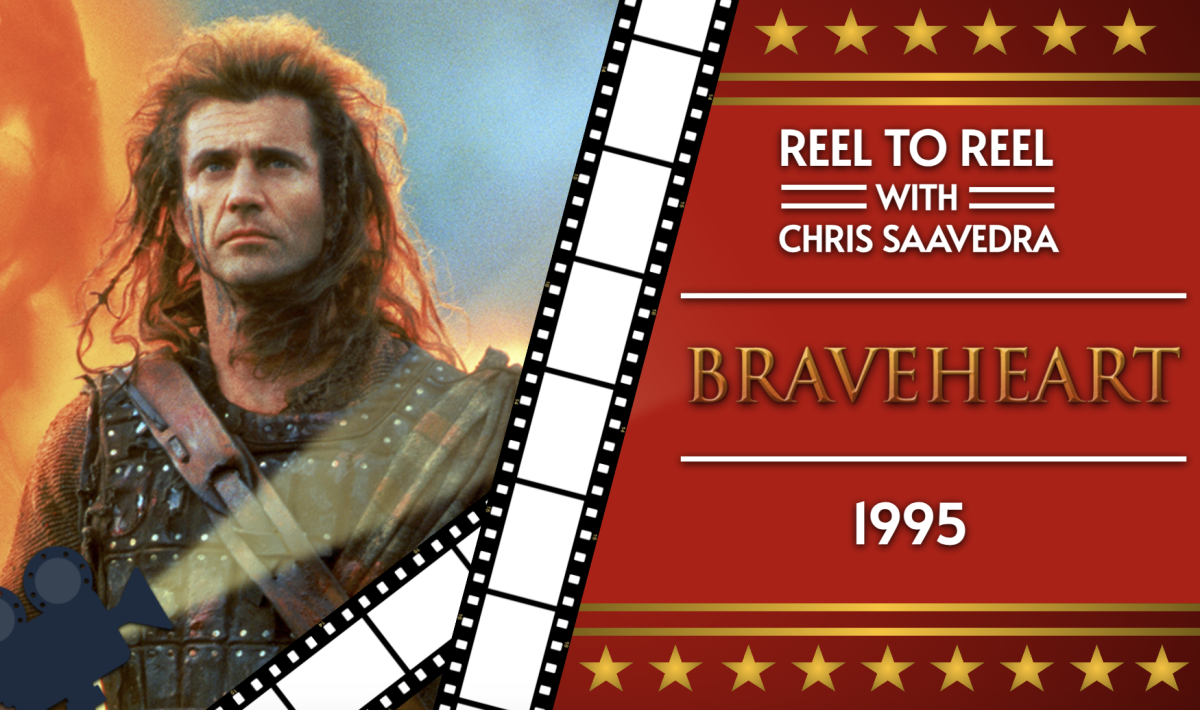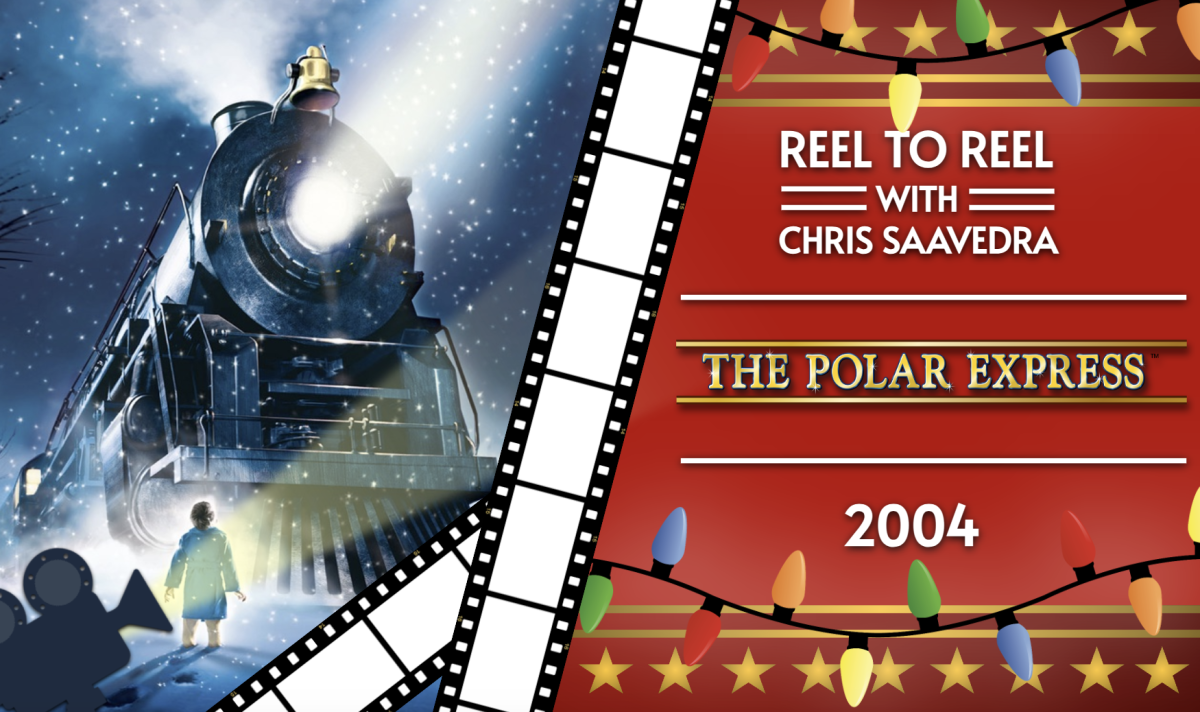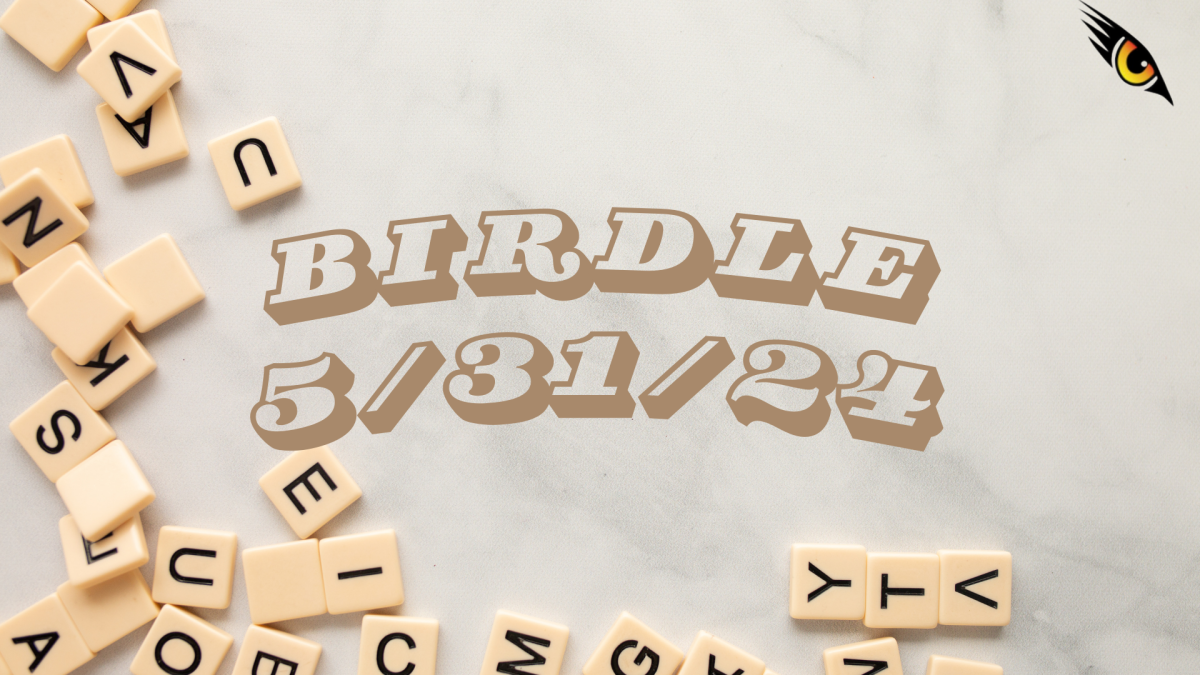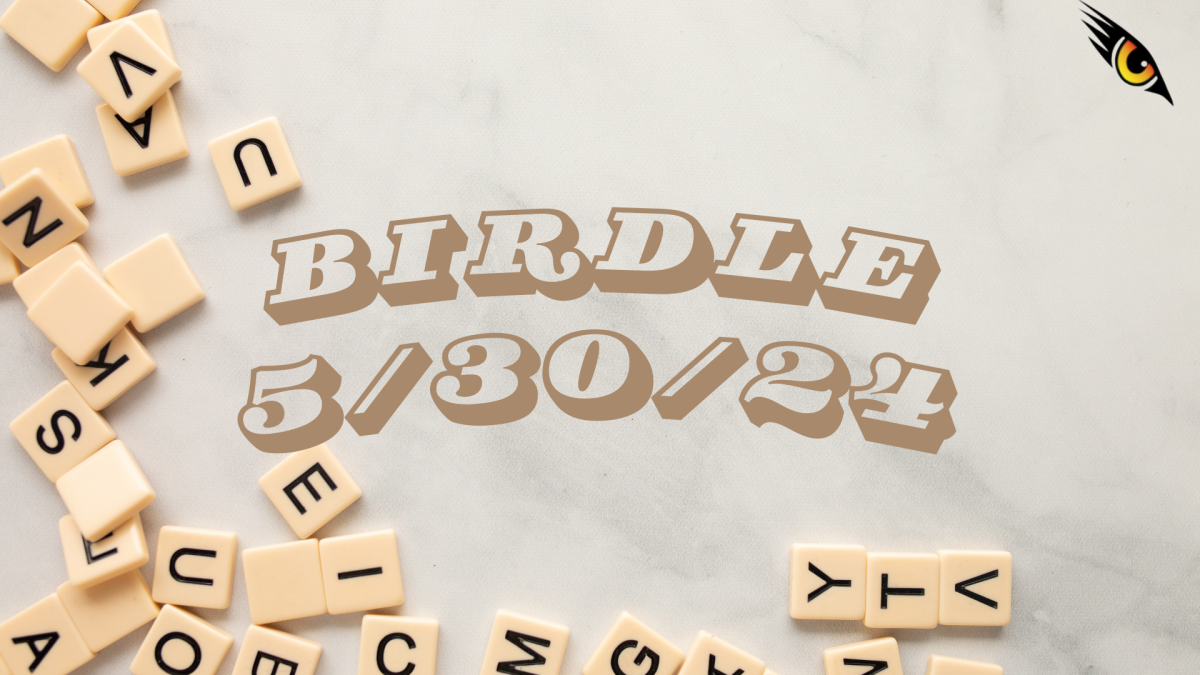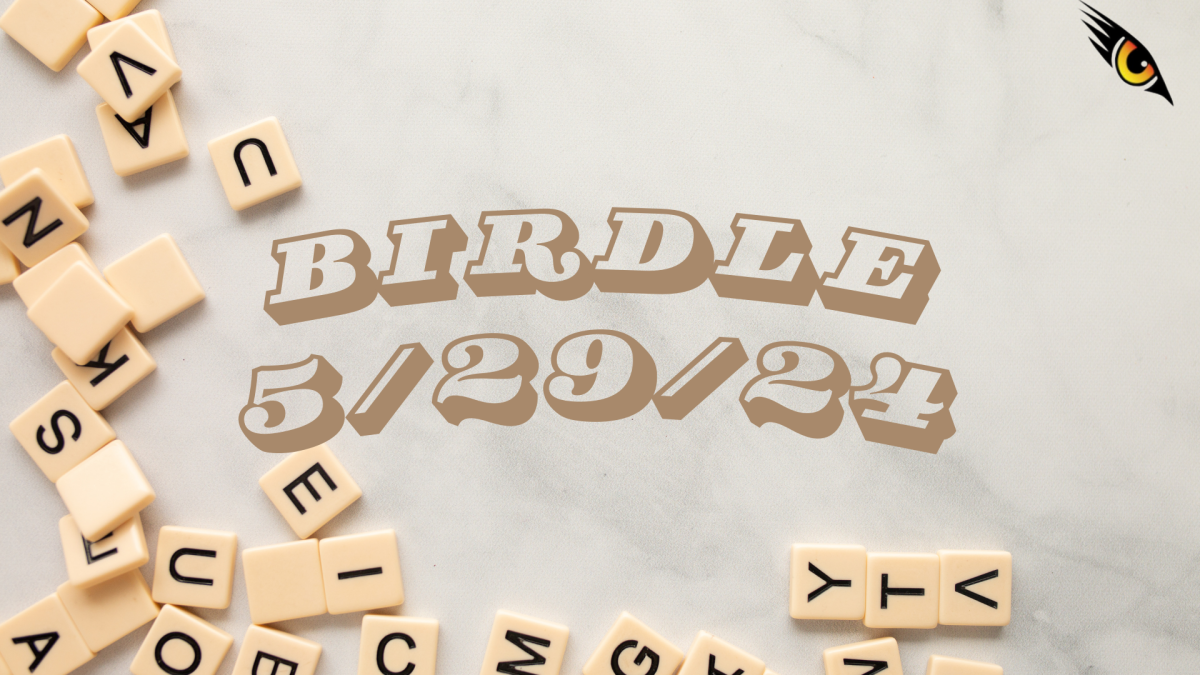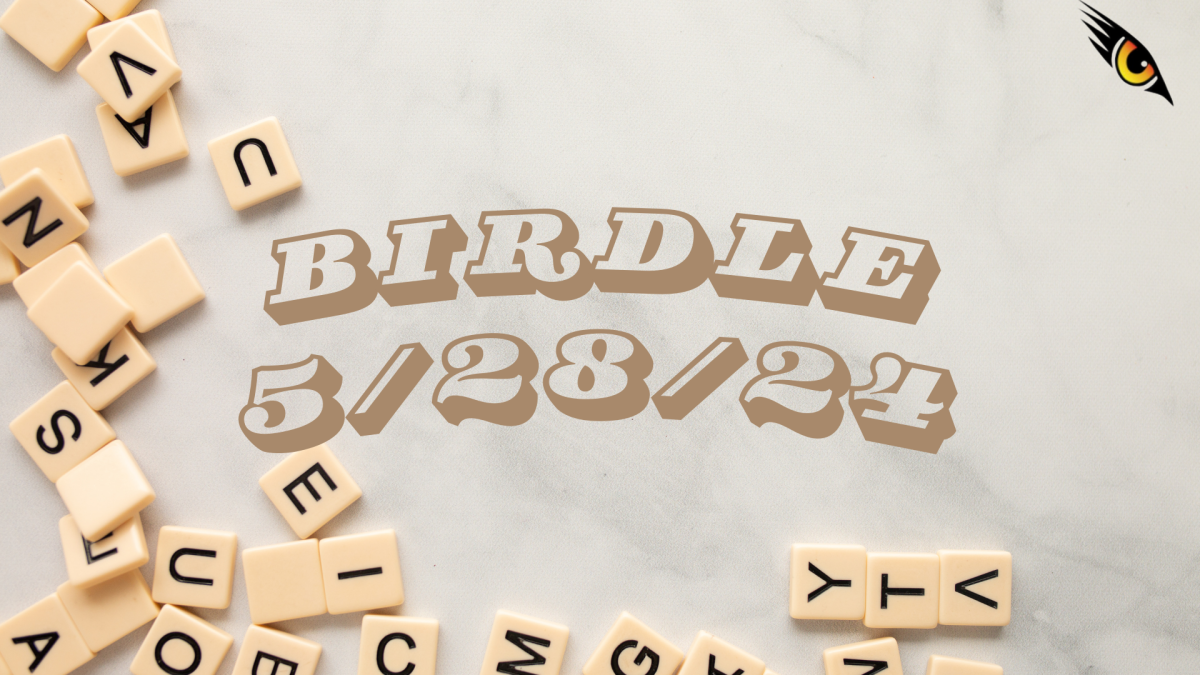The Catcher In The Rye Was So Not The Catch
November 19, 2021
Every year summer rolls around and every year there’s summer reading. Some find their favorite books, some have to force themselves to get through the assigned novels, and some—well, let’s be honest—don’t do it. It’s a mixture. This year, all sophomore honor’s english students were assigned J.D. Salinger’s class novel, The Catcher In The Rye.
Holden Caulfield, the sixteen-year-old protagonist of Salinger’s 1951 text, is desperately searching for solace in this cruel world whilst battling gruesome depression. Surrounded by the people of the upper class, Holden finds it difficult to find someone “real” to connect with, so his hatred for the world he grew up in results in a prejudice against all wealthy people. After experiencing a traumatic event in his life, Holden is sent to a mental institution by his parents, who were too busy wrapped up in their own lives to see that their son was not handling the loss in his life in a healthy way.
This story starts with Holden addressing the reader as he begins to narrate his time at Pencey Prep, a boarding school filled with kids Holden considers “phony.” He tells the story of a three-day period from last December, after leaving his boarding school as he was kicked out for failing. As he recalls traveling through the busy streets of New York City, he reveals what goes on in his mind; a continuous strand of various complaints and unreasonable judgements.
From the very beginning of the book, Sallinger develops a brash and ostentatious environment that views Holden as an insolent and lazy teenager who is unsure of what he wants to do with his future. Back in 1951, this feeling resonated with a myriad of teenagers and young adults who were unsure of their future and were struggling with balancing school and mental stability, a taboo topic. Along those lines, the language is also not too difficult to understand as the readers are listening to a teenager’s recollection.
Despite the book being written in the early ’50s, numerous people have claimed that the novel is the perfect representation of teenage angst and the feelings of growing up in the modern world. However, teenagers growing up in this generation with technology and a new lifestyle aren’t interested in reading about a pretentious white male who is mentally unstable partially because they do not understand the message the book is trying to convey. Salinger’s novel is filled with outdated symbolic references that most teenagers in 2021 would not understand as they have not grown up surrounded with that language or perception of the world. For example, most kids do not easily comprehend the meaning behind the analogy The Catcher in the Rye and its correlation to Holden’s actions throughout the novel. Holden’s lifestyle is incredibly different from teenagers’ lifestyles today, and this discrepancy causes teenagers to find the book boring, or at least not as enthralling as it was meant to be or used to be.
One of the biggest reasons this book is difficult for most teens to get through is because, as much as one pities Holden, it feels impossible to have a connection with him or his character—an aspect that is crucial for the reader to understand the protagonist of any story. One of Holden’s biggest issues was that he was lonely—he had no one to turn to and picked all the wrong people to pour his heart out to. But, in a world where social media and friends are only a text away, it’s difficult to find ways to empathize with him.
Although this book is often considered a “timeless classic,” The Catcher in the Rye has reached its limit as to how many high schoolers can understand and tolerate Holden’s constant lies and complaints.
Despite all of this, Salinger does use an intriguing writing style that cannot be ignored. He uses lengthy run-on sentences to convey Holden’s anxiety and qualifiers to indicate when Holden lies. These “tells” in his writing keep the reader “in the loop,” ensuring that they understand the truth despite Holden’s lies. Salinger also uses creative metaphors to demonstrate Holden’s active mind and peculiar way of thinking as well as immature dialogue to indicate Holden’s lack of growth after his brother’s death. Considering the different styles Salinger employed, one could see Holden in a different light. Yes, he whines and complains a lot, but that could’ve been a deliberate move to make him seem younger, less mature than his actual age.
The Catcher in the Rye is a book with a myriad of ideas and themes to draw from, but there are so many other novels with more riveting topics. In addition, teenagers of this generation would likely better resonate with a novel written in the perspective of someone of the LGBTQ+ community or someone of color. Books such as Speak by Laurie Halse Anderson would have educated the students on sexual assault and the trauma that follows it. The Poet X by Elizabeth Acevedo would have given the teenagers a glimpse inside the life of a person of color and the double standards women face in public places. Reading from the perspective of a pompous heterosexual white male is standard and sheds no light on the issues and double standards in today’s society. High schoolers seek to connect with riveting novels and protagonists different from society’s expectations.
As compelling as Salinger’s writing may have been, Holden wasn’t much of a dynamic character. The reader mostly lived between the lines of his inner monologue causing the book to tread into boring territory. He had a lot of emotional trauma, but this seemed to be the only thing that defined him. Throughout the story, the trauma was never properly addressed, making it somewhat irrelevant and confusing for readers. The theme of this book is innocence, hence the hidden metaphor in the title. Though Salinger insinuated this theme multiple times, it may have been underwhelming for students. There wasn’t much of a plot-line present, and to keep fifteen to sixteen year olds interested in books these days, a strong plot is imperative. This book was written captivatingly, but it isn’t the right pick to read over the summer and study for a full marking period.
So, we’d leave this book on the library shelf, opting for something more current.













